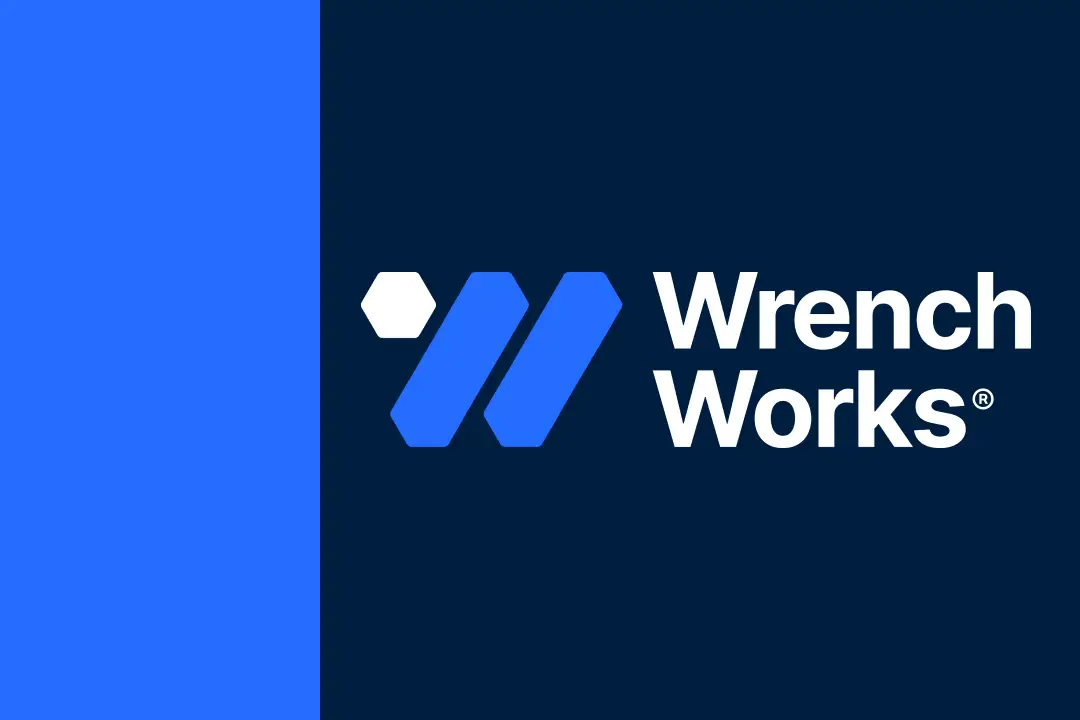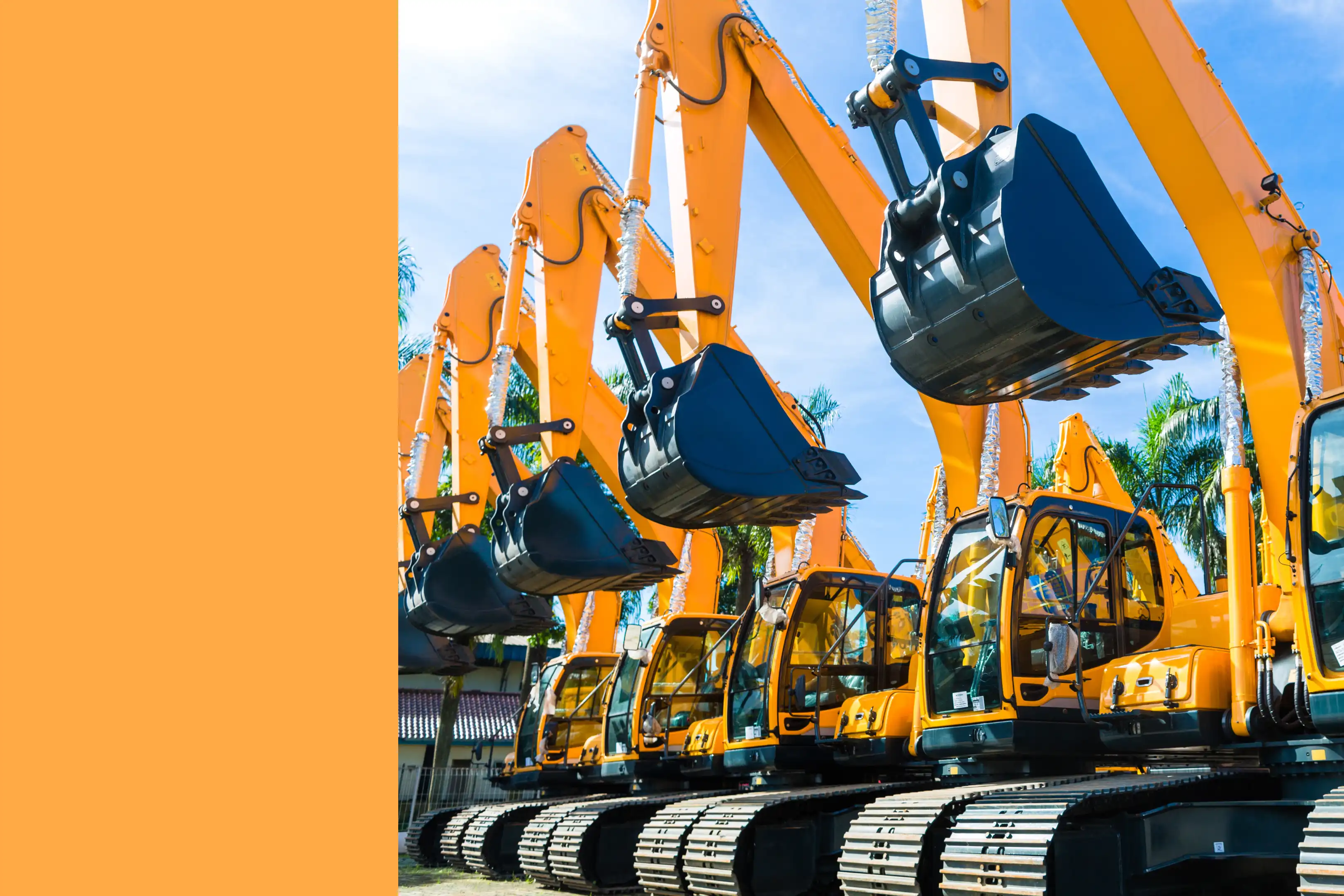
I left Wrench Works feeling clear on one thing. The future of maintenance and operations belongs to the teams that treat reliability as a habit, people as the point, and AI as a practical helper. Not a silver bullet. A helper.
We brought 200+ maintenance and operations leaders together with one goal: compare notes on what actually moves uptime, safety, and cost. Reliability scales when standards travel. AI helps only after the work is measured, verified, and easy to repeat. That was the throughline across every session and side conversation.
The signal from the stage
Peter Farina, Partner, McKinsey gave the room a crisp operating truth: get out of firefighting and lock the week. “Hold a 90 plus percent compliance to that schedule” and both cost and availability move your way. He also reframed the business case in plain terms: make hidden losses visible: capacity, quality, reputation, and the true people cost. Otherwise you are arguing from opinion, not value.
DeVina Miller, Senior Manager Mechanical Digital Transformation & Reliability, Norfolk Southern showed what standardization looks like when it is real, not theoretical. “Create the gold standards” with frontline involvement so rollouts actually stick. Why it matters: apples to apples visibility across shops and easier sharing of data, parts, and good ideas, which creates an ecosystem effect that compounds. Her team’s cross shop reviews turn debate into one best way to work, so the same job reads the same everywhere.
Chad Green, Director of Facility Management, Landscape and Strategy, Young Life spoke for many leaders living the barbell workforce. “We’re on both ends… a lot of newer, unskilled labor and a lot of older, very experienced trades… not a lot in between,” which makes knowledge capture urgent. His practical play: do not boil the ocean. “Give me 30 days at a time,” validate procedures so they are “clear and repeatable,” empower facility managers to approve quality, then “globalize as many things as we can” while recognizing “floors, not ceilings” for regional differences.
What we heard in the halls, over lunch, and after hours
The hallway truth matched the main stage. Skilled labor is a real constraint. Knowledge is perishable. More than a few ops still run on critical domain expertise held by a few veterans. When that person(s) retires, the know-how retires with them. The term we heard for it: a “knowledge capture debt” we cannot keep ignoring.
Two adoption lessons came up again and again:
- Make data capture feel like work, not extra work. If capture is not a habit, a single retirement can stall a line or plant. Explain the why in terms of staffing, safety, and fairness, not just dashboards.
- Peer proof beats slideware. Operators trust a supervisor saying “this made my team safer and my day easier” more than any feature list. It is why we designed Wrench Works around real stories and cross industry exchanges. The best ideas often start between sessions.
The throughline: standardize to transfer
Put the big themes together and a clear path emerges:
- Lock the plan. Publish a weekly maintenance schedule and hold it. Stage parts, align vendors, and review misses every Friday. Teams that reach 90 percent schedule compliance see steadier availability and fewer fires. If you skip this, firefighting eats wrench time and hides true costs.
- Write the work with the field. Sit with technicians and document the best way to do high-value jobs. Run a short cross-site review, then publish one clear version for everyone. This cuts errors, speeds onboarding, and makes performance comparable across locations. If you skip this, variation turns into rework.
- Capture in small, shippable pieces. Document the next thirty days of critical preventive maintenance, validate that each step is clear, then roll out what works. Smaller batches lower the cognitive load and build momentum. If you skip this, tribal knowledge leaves with your most experienced people.
- Blend machine data with human context. Pair sensor signals with notes, photos, and the actual steps taken to fix the issue. Planning and root cause analysis get better, and any AI guidance has trusted inputs. If you skip this, recommendations feel like a black box and technicians will ignore them.
Why this matters now
Two clocks are ticking. Talent and time. Skilled experts are nearing retirement while demand rises. We cannot hire our way out. The sites that win are making knowledge portable: turning expert steps into audit-ready SOPs, logging context in the flow of work, and aligning around one standard way to do high value jobs. That is how you protect uptime with fewer hands, and it is how you set the table for AI that operators actually trust.
Do this next
Want to run Wrench Works style exercises with your team? Try these ideas below!
1) Hold the week
- What to do: publish next week’s maintenance schedule by Thursday. Stage parts, align vendors, and only change the plan for safety or true production risk.
- How to start: pick one line or work center and run this for six weeks. Review misses every Friday.
- How to know it worked: 90 percent schedule compliance for six straight weeks and fewer unplanned jobs than your baseline.
2) Create five golden standards
- What to do: choose five high-value recurring jobs. Sit with two technicians and document clear steps with photos.
- How to start: run a one-day working session to draft, then a short cross-site review the following week. Publish one best way for all sites.
- How to know it worked: the same job reads the same everywhere, onboarding time drops, and quality holds.
3) Build a 30-day knowledge capture loop
- What to do: for the next thirty days, every critical job ends with a short note and at least one photo or brief voice note. Convert ten of these closeouts per week into standard procedures.
- How to start: supervisors spot-check notes daily and pick the best examples to convert on Fridays.
- How to know it worked: forty new procedures used in training and fewer clarifying calls to supervisors.
4) Pair one signal with one standard
- What to do: pick one sensor or meter reading on one asset family. Link that trigger to your golden procedure and auto-attach recent history and photos.
- How to start: choose an asset with frequent stoppages so impact is obvious.
- How to know it worked: faster return to service on this asset family and fewer repeat issues over the next 45 days.
We'll keep building Wrench Works around proof, not platitudes. If you want examples or a quick template for schedule compliance, golden standards, or 30-day documentation, say the word. We'll share what your peers used to get traction fast.




